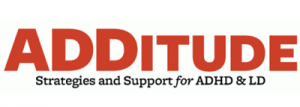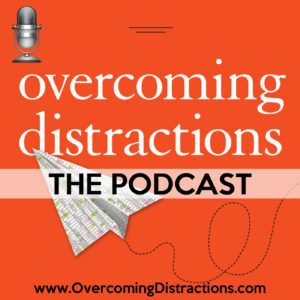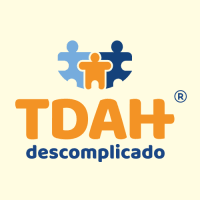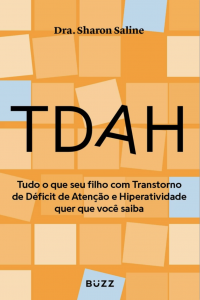Author: christina
ADHD Support Talk Radio: Perfectionism, Shoulds & Adult ADHD
Overcoming Distractions EP 122: Managing burnout and overwhelm when you have ADHD
Attention Talk Radio – ADHD: What You Should Do vs What You Actually Do
Relationship: How to Let Someone Go- 3 Most Important Things You Must Do
ADDitude Mag: “I Can Do It Myself!” How to Support Tweens with ADHD (Who Don’t Want Help)
22 News Mass Appeal: 5 common mistakes parents of children with ADHD make
Negative Memory Bias and ADHD: Tips to Help Kids and Youth with ADHD Remember the Positives
 Have you ever noticed that your child or teen with ADHD remembers negative comments people say to them more than they do positive ones? While all human brains are wired for the negative memory bias, or negativity bias, the minds of kids and youth with ADHD seem more vulnerable to holding onto what is “bad“ more than what is “good.” The combination of the negative memory bias and ADHD symptoms such as working memory challenges, emotional dysregulation and low self-esteem can make it even more challenging for people living with ADHD to balance out with positive memories. Let’s dive more into the impacts of the negativity bias on people with ADHD, as well as helpful strategies you can use to help the children and youth in your life focus more on the positives.
Have you ever noticed that your child or teen with ADHD remembers negative comments people say to them more than they do positive ones? While all human brains are wired for the negative memory bias, or negativity bias, the minds of kids and youth with ADHD seem more vulnerable to holding onto what is “bad“ more than what is “good.” The combination of the negative memory bias and ADHD symptoms such as working memory challenges, emotional dysregulation and low self-esteem can make it even more challenging for people living with ADHD to balance out with positive memories. Let’s dive more into the impacts of the negativity bias on people with ADHD, as well as helpful strategies you can use to help the children and youth in your life focus more on the positives.
The impacts of negative memory bias in children and youth with ADHD
This negative memory bias is strengthened for kids and youth with ADHD during childhood. It’s common for family members, peers, teachers, coaches and other influential people in children’s lives to criticize children and youth with ADHD. Oftentimes, people might intend to offer feedback, but kids still interpret the statements as criticisms. They’re not remembering things, not doing things properly, keeping things messy, not controlling themselves, etc. These encounters are opportunities to focus on, remember and learn from as children with ADHD grow up. But focusing on the negatives can contribute to negative self-talk, as well as feelings associated with shame, anxiety and depression. 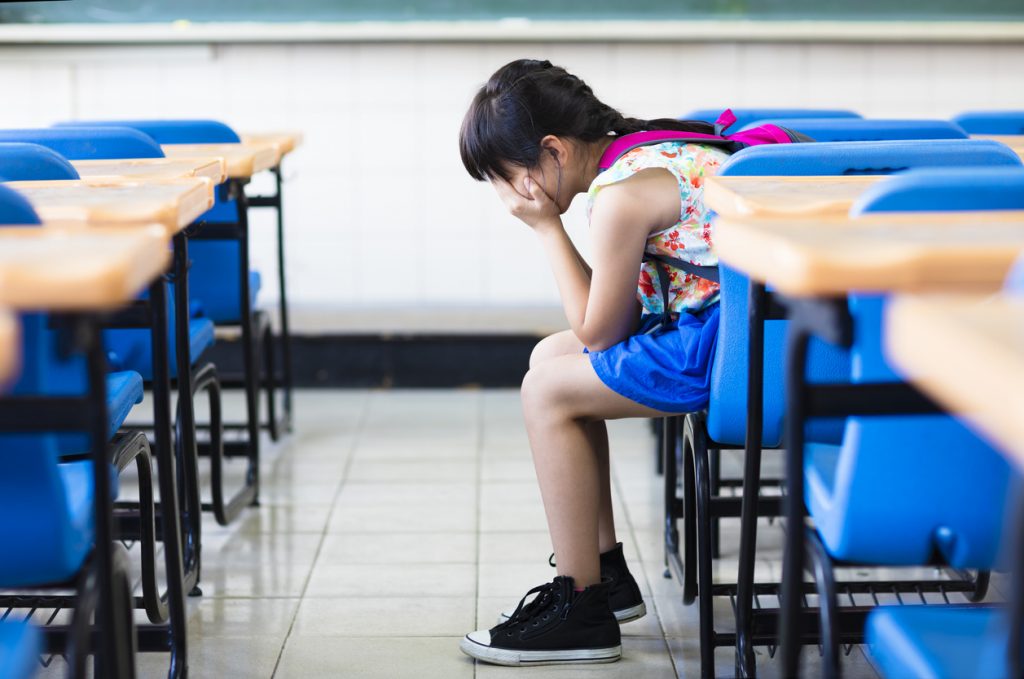 In addition to the negative memory bias, many people with ADHD experience Rejection Sensitive Dysphoria, which involves having a heightened response – often physical, mental and emotional – to rejection, criticism, mistakes and other negative experiences. Putting more weight on these negative experiences over positive ones can impact behavior and decision making, such as people-pleasing, striving for perfection or avoiding situations that might have negative outcomes (even if those same experiences could also lead to positive outcomes). While our ancestors needed the ability to learn and remember lessons from tough experiences for survival, people today also need to learn how to retain lessons from good experiences. This is especially true for children and young people with ADHD. Beneficial experiences not only serve as the foundation of self-esteem, secure attachment and self-management, but they also nourish inner strengths. How can we help balance the weight of negative experiences with positive ones for children and youth with ADHD?
In addition to the negative memory bias, many people with ADHD experience Rejection Sensitive Dysphoria, which involves having a heightened response – often physical, mental and emotional – to rejection, criticism, mistakes and other negative experiences. Putting more weight on these negative experiences over positive ones can impact behavior and decision making, such as people-pleasing, striving for perfection or avoiding situations that might have negative outcomes (even if those same experiences could also lead to positive outcomes). While our ancestors needed the ability to learn and remember lessons from tough experiences for survival, people today also need to learn how to retain lessons from good experiences. This is especially true for children and young people with ADHD. Beneficial experiences not only serve as the foundation of self-esteem, secure attachment and self-management, but they also nourish inner strengths. How can we help balance the weight of negative experiences with positive ones for children and youth with ADHD?
Working memory, the negative memory bias and ADHD
In order for the good moments to outmaneuver the negativity bias, they have to be installed in the brain’s neural structures. This process requires holding the thought in the working memory long enough to be picked up by short-term memory structures and then transferred to the long-term memory. Of course, people with ADHD, by definition, typically struggle with working memory challenges. Therefore, this transfer doesn’t occur as frequently as we would like, if at all. So the key issue here is “long enough.“ While there is no research to give us a specific time for this, “long enough” usually means holding a positive emotion, desire, action or outcome to actually feel it–to reflect on it and let it sink in. I would venture to guess this means up to a minute if not longer. How can you assist your ADHD child or teen to do this more successfully?
5 tips to help children and youth with ADHD focus on and remember the positives:
1. Teach and value the importance of celebration.
 When something good happens, teach them that relishing it is important! In our ultra fast-paced world, everyone moves on to the next thing so quickly. Oftentimes, the important integration needed to consolidate memory can be missed. Therefore, negative experiences, strengthened by negative memory bias and ADHD symptoms, aren’t being balanced with positive ones. SLOW IT DOWN, and celebrate positive moments alongside them. It’s also important to show your child or teen that “celebration” doesn’t have to mean a festive gathering with family and loved ones. Rather, it could mean treating yourself to an ice cream or dancing alone to your favorite song. Celebrations don’t depend on other people showing up – you can celebrate yourself and your personal accomplishments in various ways that might change over time.
When something good happens, teach them that relishing it is important! In our ultra fast-paced world, everyone moves on to the next thing so quickly. Oftentimes, the important integration needed to consolidate memory can be missed. Therefore, negative experiences, strengthened by negative memory bias and ADHD symptoms, aren’t being balanced with positive ones. SLOW IT DOWN, and celebrate positive moments alongside them. It’s also important to show your child or teen that “celebration” doesn’t have to mean a festive gathering with family and loved ones. Rather, it could mean treating yourself to an ice cream or dancing alone to your favorite song. Celebrations don’t depend on other people showing up – you can celebrate yourself and your personal accomplishments in various ways that might change over time.
2. Ask questions about ‘highs and lows’ at dinnertime
Practice doing highs and lows of the day at dinner with the family. Encourage everyone to say something. Don’t ask questions about the statements during the sharing. Instead, if you want to follow up on an issue, ask first. We are trying to create a safe place to hold both the positive and negative occurrences simultaneously; giving them equal weight. This process will create new, essential neural pathways. If daily highs and lows are too much for your family, then do them once a week at regular meal, like Friday dinners. Try to stay as consistent as possible to create the strongest impact on balancing out the negative memory bias.
3. Give genuine, positive feedback daily that is succinct.
Honestly, nothing is too small to be acknowledged. When you do this, make sure you get down to your child’s physical level. If your ADHD teen is taller than you are, ask them to sit down so you are at the same level. Put a hand on their arm or shoulder, if that’s comfortable. Maintain eye contact with them if you can, and be clear that they get it! 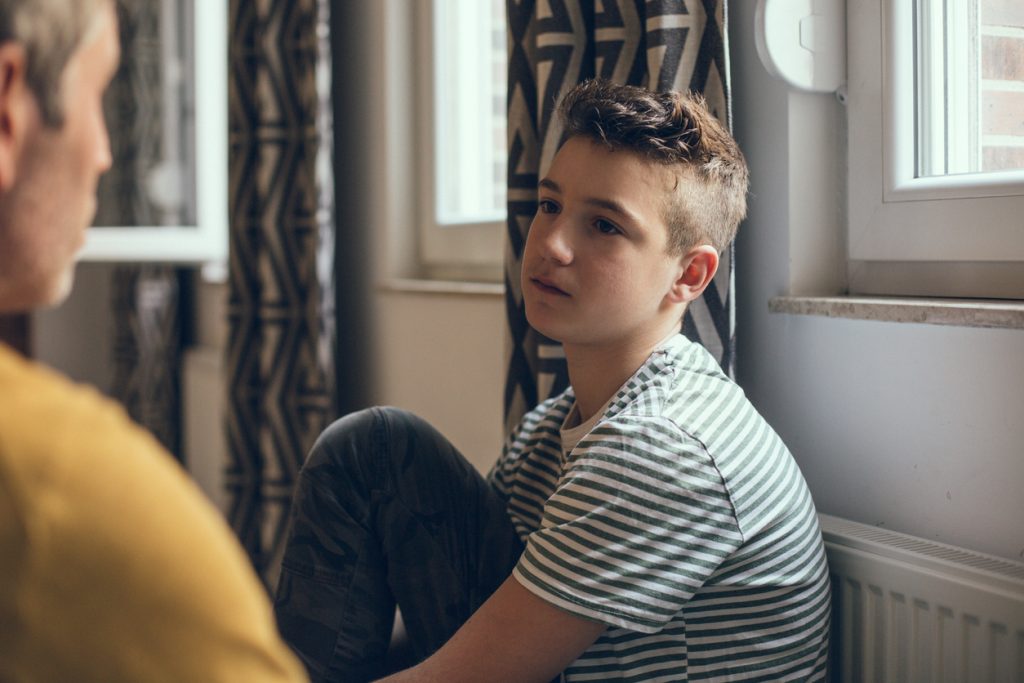 As corny as it sounds, you could even ask them to repeat what they heard you say:
As corny as it sounds, you could even ask them to repeat what they heard you say:
-
- Parent: “Look I really want to make sure that you understood what I said. Can you please repeat it?”
- Child: “Do I have to?”
- Parent: “Yes.”
- Child: “Fine, I heard you tell me that you appreciated that I hung up my coat when I got home.” Or, “I heard you say that you liked when I got off my computer right after the timer went off.”
These exchanges build the neural pathways we are seeking to create and increase inner strengths, balance out the impacts of negative memory bias and foster interpersonal connection. Kids and youth with ADHD often interpret feedback in any form as negative. Be aware of how you word and how they interpret your statement. Try the ADHD Adapted Sandwich Feedback Method to formulate more neutral and effective statements.
5. Explain the subjectivity of criticisms and negativity.
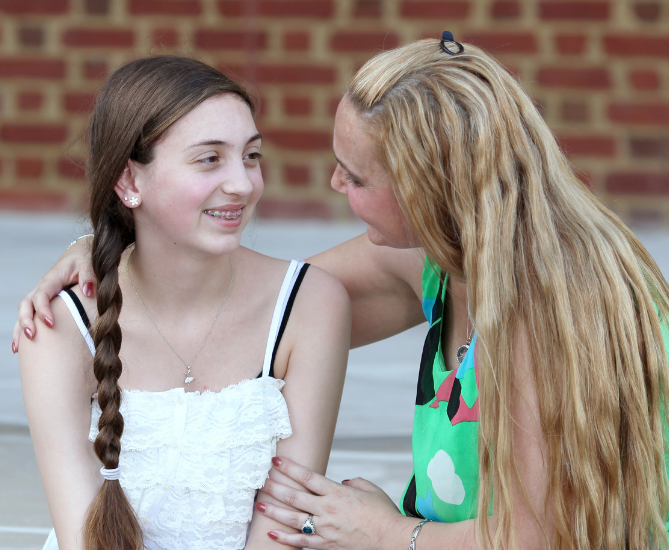
Kids with ADHD often endure frequent criticism, or perceived criticism, from influential people growing up. Your child or teen may be motivated to focus on these encounters so they learn not to remake “mistakes,” “improve” their abilities and behavior, rebuild self-esteem, gain acceptance and avoid further criticism.
Children and teens might not yet understand, however, that that criticism can be unwarranted and ableist. In other words, people often make remarks that neglect to accept the differences that come naturally with neurodiversity. Children, instead, deeply value the opinions of – and need support from – their family, friends and community. Instead of questioning the validity of the statement, they tend to trust what they have to say. Review with your child or teen the importance of valuing each others differences. In addition, lead by example by outwardly expressing appreciation for their – and other people’s – different strengths and overall differences. Explain how criticisms can be subjective, and why people might make inaccurate statements or remarks without thinking them through. This can be confusing, so remain approachable and check-in when moments are calm to see if they need support with understanding statements and situations.
5. Keep it up, regardless of any unwelcome response that you may receive.
Remember, the pull towards negativity and retaining bad experiences is longstanding and ingrained. Stopping your efforts to counteract it will likely increase its influence. Educating your teen on the impact of the negative memory bias and ADHD symptoms might help them stay motivated to focus on the positives, too. Though you might not see a difference right away, your values and recognition are making important, life-long impacts on your child or teen’s thought processes, motivation and self-esteem. Start building the GOOD today!
Read more blog posts:
- Are You Giving Feedback or Criticism? Recognize the Difference and Change What You’re Doing
- Raising teens with ADHD: Redefining what ‘success’ means
- 6 Helpful Tips for Dealing with Rejection Sensitive Dysphoria
Handouts, Webinars & More in Dr. Saline’s Store:
https://drsharonsaline.com/product/shame/ https://drsharonsaline.com/product/home-seminar/
TDAH Descomplicado Interview with Dr. Sharon Saline
Watch the interview on YouTube. (Portuguese/ English translations) Purchase TDAH by Dr. Sharon Saline
PsychCentral: 32 of the Best Ways to Get Organized When You Have ADHD
Click the logo below to read the article.
